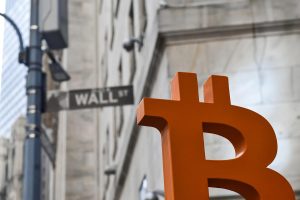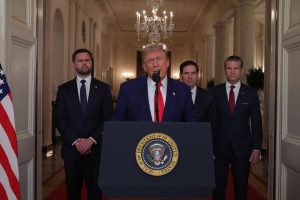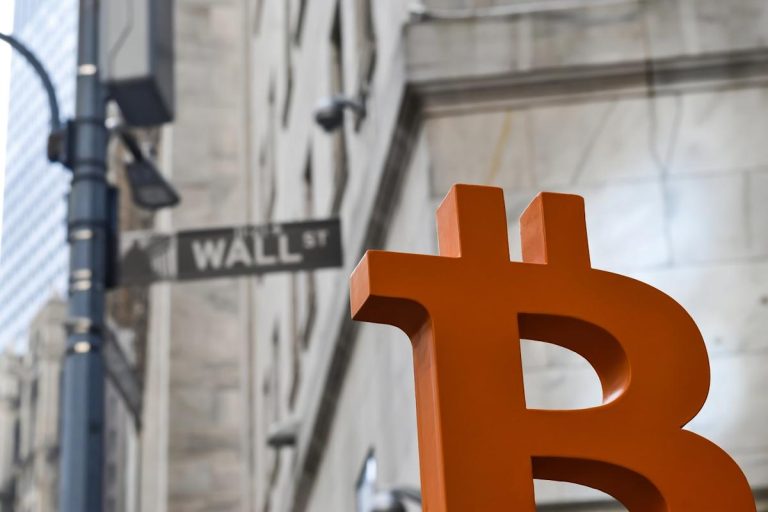Benzinga and Yahoo Finance LLC may earn commission or revenue on some items through the links below.
The cryptocurrency market rarely operates in isolation from global events, and recent geopolitical tensions have created a complex trading environment that demands careful navigation. According to Fefe, a seasoned educator and trader from Crypto Banter, the current Israel-Iran conflict represents both significant risk and potential opportunity for crypto investors.
The recent escalation between Israel and Iran triggered an initial crypto market selloff, but what followed has been more intriguing from a structural perspective. Israel’s strategic attacks on Iranian infrastructure, combined with Iran’s official statements hinting at nuclear weapon deployment, have introduced unprecedented complexity to market dynamics.
Don’t Miss:
The economic implications extend globally. JPMorgan projects Brent oil prices could spike to $130 per barrel from the current $70–$73 levels in a worst-case scenario, potentially driving U.S. inflation back to 5%. Gold’s recent push to all-time highs suggests investors are positioning for prolonged uncertainty, yet crypto’s response has shown what Fefe describes as “seller exhaustion” rather than continued downward pressure.
The crypto market’s resilience during this stress test reveals important insights. The “V-shaped recovery” following the initial selloff was notably driven by spot buying rather than leveraged speculation, suggesting underlying strength in the asset class.
Fefe’s current positioning reflects a calculated approach:
Accumulation Strategy: Identifying a 50% retracement level of the recent recovery as an optimal entry point for gradual position building with conservative 3x leverage maximum.
Asset Selection: Focusing on Ethereum and Solana , along with their ecosystem plays including DeFi infrastructure, staking protocols like Lido and Aave, and decentralized exchanges.
The ETH/SOL focus reflects converging factors beyond technical analysis. Recent Securities and Exchange Commission commentary on self-custody and Web3 technologies suggests policy tailwinds for DeFi ecosystems, while ongoing SOL ETF discussions around staking mechanisms could drive institutional adoption.










